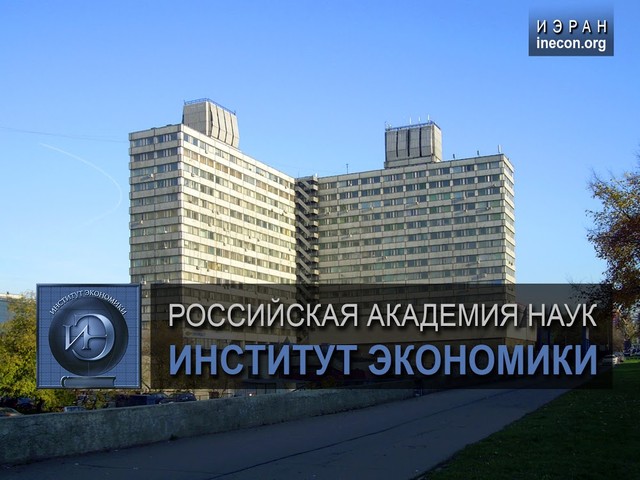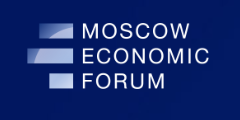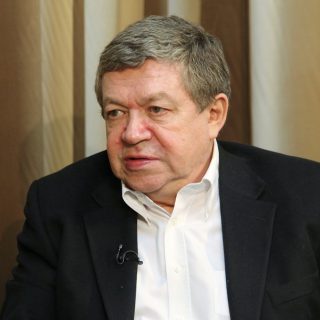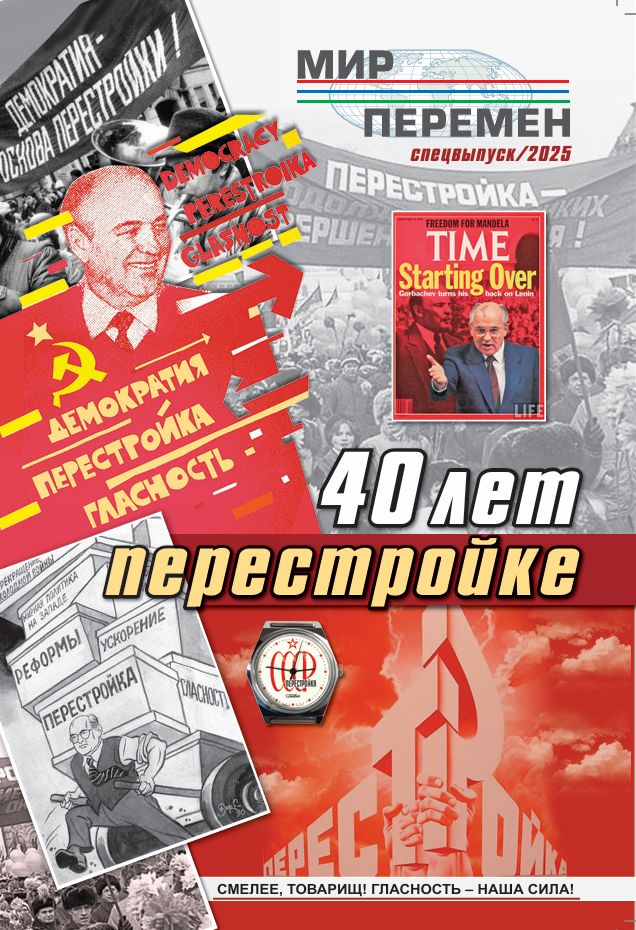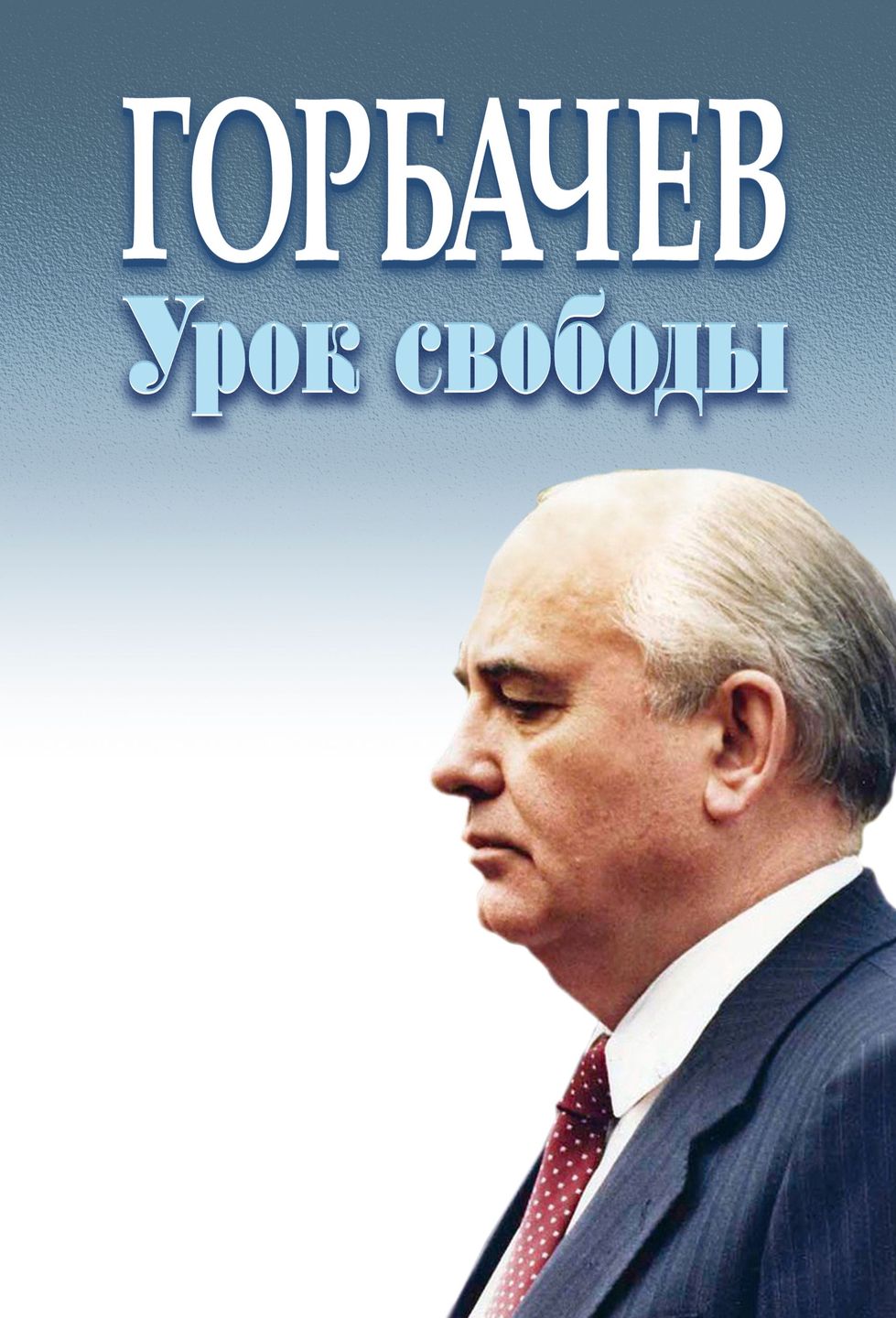The list of Requirements for the Design of Materials and the Conditions for Submitting Articles for Publication.
Regulation on the Review of Materials - PDF file.
1. List of Materials Required for the Publication of a Scientific Article
1.1. The author (authors) in accordance with the requirements below must draw up the necessary materials: manuscript of the article and supporting documents to it.
1.2. The manuscript of the article and supporting documents are submitted in electronic form.
1.3. Accompanying documents for the manuscript of the article should include: An author certificate for each author (name, degree, title, place of work, address to which the author copy should be sent).
2. Rules for Writing the Manuscript of a Scientific Article
2.1. Authors submit manuscripts to the editors strictly in accordance with the rules for the design of materials given in Appendix 1.
2.2. Submitted articles must comply with the structure given in Appendix 2 (full name, place of work of all authors, their positions, academic degrees, academic ranks, article title, email address and telephone number).
2.3 The bibliographic list is given after the text of the article in accordance with State Standard (GOST) R 7.05-2008 in a single format established by the Russian Science Citation Index (RSCI) Examples of bibliographic references are given in Appendix 3.
2.4. After receiving the materials, the manuscript is sent for review.
2.5. After receiving a positive review, the editors notify the authors that the article has been accepted for publication, as well as the comments of reviewers and editors, in accordance with which it is necessary to correct and supplement the article. In case of refusal to publish an article, the editorial office sends a motivated refusal to the author.
2.6. The authors are responsible for the selection and reliability of the facts, quotes, statistical and sociological data, proper names, geographical names and other information. The editors reserve the right to make editorial corrections. The editors can publish materials without sharing the author’s point of view (in discussion
order).
2.7. In one issue of the journal no more than two articles of one author can be published.
2.8. Full-text versions of articles, annotations, keywords, information about authors in Russian and English are freely available on the Internet on the official website of the publication and on the platform of the Scientific Electronic Library eLIBRARY.RU.
3. The Order of Submission to the Editorial Board of a Scientific Article
An electronic version of the manuscript of the article and scanned supporting documents (in jpeg format) are submitted by e-mail to the editorial office (redaktor.mp@gmail.com; mir-peremen@yandex.ru). Dear authors, in order to save time, follow the rules for writing articles in a journal.
Annex 1
Rules for the design of materials Articles are submitted by e-mail (e-mail: redaktor.mp@mail.com) and are made out as follows.
Making the text of the article
• The size of the article should be from 20,000 to 40,000 characters with spaces, inscriptions and footnotes.
• Fields: left and right - 2 cm, bottom and top - 2 cm.
• The main text of the article is typed in the Word editor. The body font is Times New Roman. The text is typed 14 kg, line spacing - one and a half. The first line of the paragraph is 1 cm indent.
• For uniformity of style do not use font selections (italics, underlines, etc.).
• Complex formulas are executed using the built-in WinWord formula editor MS Equation 3.0. The formulas are located in the center of the column without indentation, their serial number is indicated in parentheses and placed in the column (page) with the right turned off. The only formula in the article is not numbered. Above and below, formulas are not separated from the text by an additional interval. For references to formulas in the text, parentheses are used - (1).
• References to literary sources are made out in the form of footnotes at the bottom of the page.
• The article should contain the Universal Decimal Classification (UDC) code, the title of the article, the authors' full name (full), academic degree, academic title, position, name of the organization where the work was done, abstract of the article (0.5 pages) and email address.
Graphic Design of the Article
• Illustrations are made in vector format in the graphic editor Corel Draw 11.0, or in any of the graphic applications MS Office 97, 98, 2000 or 2007.
• Graphs, drawings and photographs are inserted into the text after the first mention of them in a way convenient for the author.
• Names of figures and tables (14 kg, regular) are given:
under the figures (illustrations) in the center after the word Figure with serial number (14 kg, normal);
• Above the table in the center after the word Table with a serial number (14 kg, normal). The word Table is right aligned.
The only figure, the table in the text is not numbered.
Appendix 2
The following information is given at the beginning of the article:
• TITLE of the article (in Russian and English);
• Name, patronymic and last name of the author / authors (in Russian and English);
• Information about the author / authors: organization, city, country, place of study / work, course / position, degree, rank, official / home address (in Russian and English);
• email and telephone number of the author / authors, abstract - 0.5 pages (in Russian), keywords - up to 10 words (in Russian).
Structure of the article: Nomenclature of the specialty with a code (in English and Russian), UDC, title (in English), name, patronymic and last name in (English), information about the author: organization, city, country, place of study / work, course / position, degree, title, official / home address (in English), email, abstract - 0.5 pages (in English), keywords - up to 10 words (in English). The text of the article (in English or Russian).
STRUCTURE OF THE TEXT OF THE ARTICLE consists of:
• preamble - the introductory part of the article, in which the main emphasis is on its relevance (1 paragraph or 0.5 page);
• main part - contains materials and methods; discussion; research results; should be divided into several sections, each of which should have a subtitle.
• conclusion - the main conclusions of the study (no more than 1 page).
Notes (in English or Russian). If the notes are in Russian, then below you MUST give links in transliteration. Transliteration can be performed on the website of Translit, in the field "options"; you must specify BSI. Notes (At least 15 references to literature or sources should be disclosed in a note).
Appendix 3
Examples of registration of bibliographic references A bibliographic list is given after the text of the article. All links in the list are sequentially numbered and arranged in the order of mention in the text.
1. Description of a book by one author. For books, the following data must be indicated: author (authors), title, city and name of the publisher, year of publication, number of pages. The description of the book begins with the name of the author, if the book has no more than three authors. Only the first author is written before the title. Borisov I.I. Voronezh State University is Entering the 21st Century: Reflections on the Present and Future. Voronezh: Publishing House of Voronezh. State University, 2001.120 pages . Fialkov N.Ya. Physical chemistry of Non-Aqueous Solutions / N. Ya. Fialkov, A. N. Zhitomirsky, Yu. N. Tarasenko. L.: Chemistry, Leningrad. Branch , 1973.376 pages.
2. Description of a book of four or more authors A description of a book begins with a title if it is written by four or more authors ( State Standard GOST 7.80-2000). All authors are written only in the statement of responsibility. If necessary, their number is reduced. A description is also given of collective monographs, collections of articles. Quality Assurance of the Results of Chemical Analysis / P. Buytash, N. Kuzmin, L. Leistner et al. Moscow Nauka, 1993. 165 s. Pyrazolones in Analytical Chemistry: Thesis of Report at the Conference . Perm, July 24–27, 1980 Perm: Publishing House of Perm State University (PSU), 1980. 118 pages.
3. Description of an article from a journal For an article from a journal, it is necessary to indicate the authors of the article, the name of the article, the name of the journal, year, issue number, and the pages of the beginning and end of the article. Wagner A.I. Legal Constructions in Environmental Law / A.I. Wagner, O.I. Koch, I.I. Ivanov // Environmental Law. 2008. Issue No3. Pages 4–12. Determination of Hydrogen in Magnesium, Zirconium and Sodium on the Installation C2532 / E.D Malikova, V.P. Velyukhanov, L.S. Makhinova et al. // Journal of Physical Chemistry. 1980.Volume 54, Issue 11. Pages 698–789. Kozlov N.S. Synthesis and Properties of Fluorinated Aromatic Azomethines / N.S. Kozlov, L.F. Gladchenko // Journal “Izvestia Akademii Nauk BSSR Seriya Himicheskih Nauk” (Journal “News of the Academy of Sciences of the Byelorussian Soviet Socialist Republic (BSSR) Series of Chemical Sciences”, 1981. Issue 1. Pages 86–89. Crawford, P. J. The Reference Librarian and the Business Professor: a Strategic Alliance that Works / P. J. Crawford, T. P. Barrett // Ref. Libr. 1997. Volume 3, Issue 58. Pages 5–34.
4. Description of an article from an ongoing publication V. Lezhenin The Development of the Provisions of Roman Private Law in the Russian Civil Law // Journal “Yuridicheskie Zapiski” (“Legal Notes”) / Voronezh. State University, 2000. Issue 11. Pages 19–33. Painters V.P. Complex compounds of thorium with diantipyrylmethane / V.P. Zhivopistsev, L.P. Patosyan // Journal “Uchenye Zapiski” (“Scientific Notes”) / Perm. University, 1970. Issue 207. Pages 14-64.
5. Description of the article from the non-periodic collection Lyubomilova G.V. Determination of Aluminum in Tantaponiobium Minerals / G.V. Lyubomilova, A.D. Miller // A New Method, a Study on the Analysis of Rare Earth Minerals, Ores and Rocks Moscow, 1970. Pages 90-93. Astafyev Yu.V. Judicial branch: federal and regional levels / Yu.V. Astafiev, V.A. Panyushkin // State and Local Authorities: Legal Problems (Russia – Spain): Collection of Scientific Papers / Voronezh, 2000. Pages 75-92.
6. Description of the article from the multi-volume edition of Locke J. Experience of toleration A Letter Concerning Toleration / John Locke: Collection of Works in Three Volumes. Moscow, 1985. Volume 3. Pages 66-90. Asmus V. Metaphysics of Aristotle // Aristotle: Works in Four Volumes. Moscow, 1975. Volume 1. Pages 5-50.
7. Description of theses written by Ganyukhin T.G. Modification of the Properties of PVC in the Synthesis Process: Dissertation of the Candidate of Chemical Sciences: 02.00.06. Nizhny Novgorod, 1999. 109 pages.
8. Description of dissertation abstracts written by Zhukov E.N. Political Centrism in Russia: Abstract of Dissertation of the Candidate of Philosophical Sciences Moscow, 2000. 24 pages.
9. Analytical Reviews Economics and Politics of Russia and Neighboring States – States of Near Abroad : Analitical . Review, April of 2007 / Russian Academy of sciences, Institute of World Economy and International relationship. Moscow IMEMO, 2007. 39 pages.
10. Patents. Patent of the Russian Federation No. 2000130511/28, 04.12.2000. Yeskov D.N., Bonshtedt., Koreshev S.N., Lebedeva G.I., Seregin A.G. Optoelectronic Device // Patent of Russia No. 2122745. 1998. Bulletin Issue 33.
11. Description of electronic scientific publications For electronic sources, you need to specify almost the same data as for journals: author, article title, name of the site (or section of the site) and URL. The entry must contain the text
[Electronic resource]. Loginova L.G. Essence of the Result of Additional Education of Children // Obrazovaniye: issledovano v mire - Education: Researched in the World: International Scientific and Pedagogical Internet – Journal -Internet log. 10.21.03. URL: http://www.oim.ru/reader.asp?nomer= 366 (accessed: 04.17.07). Training Market in Novosibirsk: Own Game [Electronic resource]. - Access Mode: http://nsk.adme.ru/news/2006/07/03/2121.html (accessed date: 10/17/08). Petrov B.B. The Specifics of Indirect Taxation of Transactions of Purchase and Sale of Digital Products in the United States [Electronic resource] // Russian Economic Internet Journal: electron. journal – Moscow. ATiSO, 2002. No. of state. Registration 0420600008. - URL: http://www.e-rej.ru/Articles/2006/Petrov.pdf (accessed: 05/30/2006). Official Periodicals: Electronic Guide / Russian National Library Legal Information Center. [St. Petersburg], 2005-2007. URL: http://www.nlr.ru/lawcenter/izd/index.html (accessed: 01/18/2007). http://www.nlr.ru/index.html (accessed date: 02/20/2007).
The journal of scientific publications accepts articles of candidates for the degree of candidate and doctor of science. Students are published only with faculty members.
Brief recommendations for authors on the preparation and presentation of scientific articles in journals indexed in international scientometric databases ( http://fano.gov.ru/ru/documents/card/?id_4=66648).
Editorial Ethics
• The Editorial Board of the journal “Mir Peremen” (“The World of Transformations”) responsibly approaches the task of maintaining scientific reputation and does everything in its power to ensure the quality of scientific publications.
• In its activities, the Editorial Board is guided by the recommendations of the Committee on Publication Ethics, and also takes into account the valuable experience of reputable international journals and publishers.
• Compliance with ethical standards, adopted by the international scientific community, as well as the prevention of any violations of these standards are the most important components of the editorial policy of the journal.
Responsibilities of the Editor-in-Chief
• These guidelines are consistent with editorial policies and standards of the Scientific Publication Ethics Committee (COPE’s Best Practice Guidelines for Journal Editors).
• The Editor-in-Chief is responsible for deciding, which of the papers submitted to the editorial office of the journal, should be published. This decision should be made on the basis of verification of the reliability of the work and its importance for researchers and readers.
• The Editor-in-Chief can be guided by the methodological recommendations, developed by the Editorial Board of the journal and such legal requirements as the prevention of defamation, copyright infringement and plagiarism. When deciding on publication, the Editor-in-Chief may consult with members of the Editorial Board or reviewers (or representatives of the research and teaching staff).
• Unpublished data, obtained from manuscripts, submitted for consideration, should not be used for personal purposes or transferred to third parties without the written consent of the author. Information or ideas received during editing should be kept confidential and not used for personal gain.
• The Editor should evaluate the intellectual content of manuscripts, regardless of race, gender, sexual orientation, religious beliefs, origin, citizenship, social status or political preferences of the authors.
• The Editor-in-Chief and the Editorial Board of the journal should take appropriate measures when receiving ethical complaints, regarding the submitted manuscript or published article. Such measures usually include notification to the author and consideration of the complaint, as well as, if necessary, contacting relevant institutes and research organizations. If the validity of the complaint is confirmed, a correction, refutation or other relevant statement is published. Each ethical complaint is subject to review, even if received a few years after publication.
Reviewer’s Responsibilities
• The manuscript, received for review, should be considered as a confidential document that cannot be transferred for review or discussion to third parties, who are not authorized by the Editorial Board.
• Unpublished data, obtained from submitted manuscripts for review, should not be used by the reviewer for personal purposes.
• The reviewer is obliged to give an objective and reasoned assessment of the materials presented. Personal criticism of the author is inadmissible.
• A reviewer who, in his opinion, does not have sufficient qualifications to evaluate the manuscript, or cannot be objective, for example, in case of a conflict of interest with the author or organization, should contact the editor with a request to exclude him from the review process of this given manuscript.
Author’s Responsibilities
• Authors should provide reliable research results. Obviously erroneous or falsified statements are unacceptable.
• Authors must ensure that the results of the research, presented in the submitted manuscript, are completely original. Borrowed fragments or statements must be drawn up with the obligatory indication of the author and the source. Excessive borrowing, as well as plagiarism in any form, including unformed quotes or paraphrasing, is unacceptable.
• It is necessary to recognize the contribution of all persons, who have somehow influenced the course of the study, in particular, the article should provide links to work that mattered during the study.
• Authors should not submit to the journal a manuscript, that has been sent to another journal and is under consideration, as well as an article, already published in another journal.
• The co-authors of the article should indicate all persons, who have made a significant contribution to the study. Among co-authors it is inadmissible to indicate persons who did not participate in the study. The author must ensure that the final version of the article and its submission for publication are approved by all co-authors.
• If the author finds significant errors or inaccuracies in the article at the stage of its consideration or after its publication, he should notify the Editorial Board of the journal as soon as possible.
• The journal reserves the right to reject any manuscript, submitted for publication that does not comply with the above principles.
• For the convenience of distribution and to ensure the implementation of the material use policy, the authors transfer to the publisher a non-exclusive ownership of the manuscript (license agreement).

